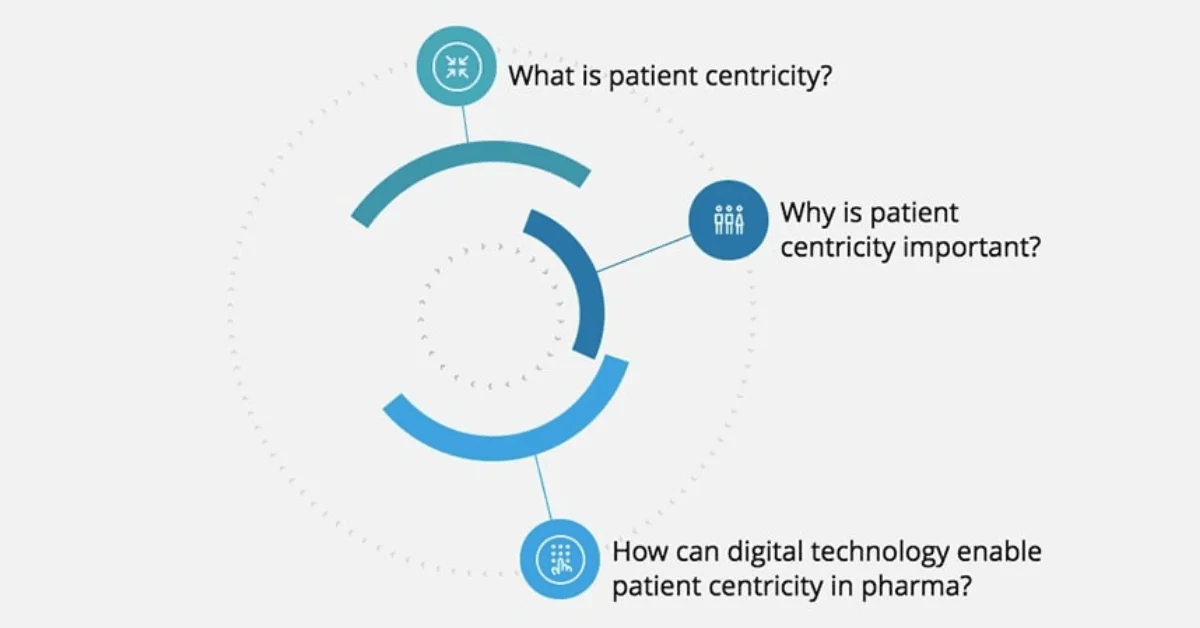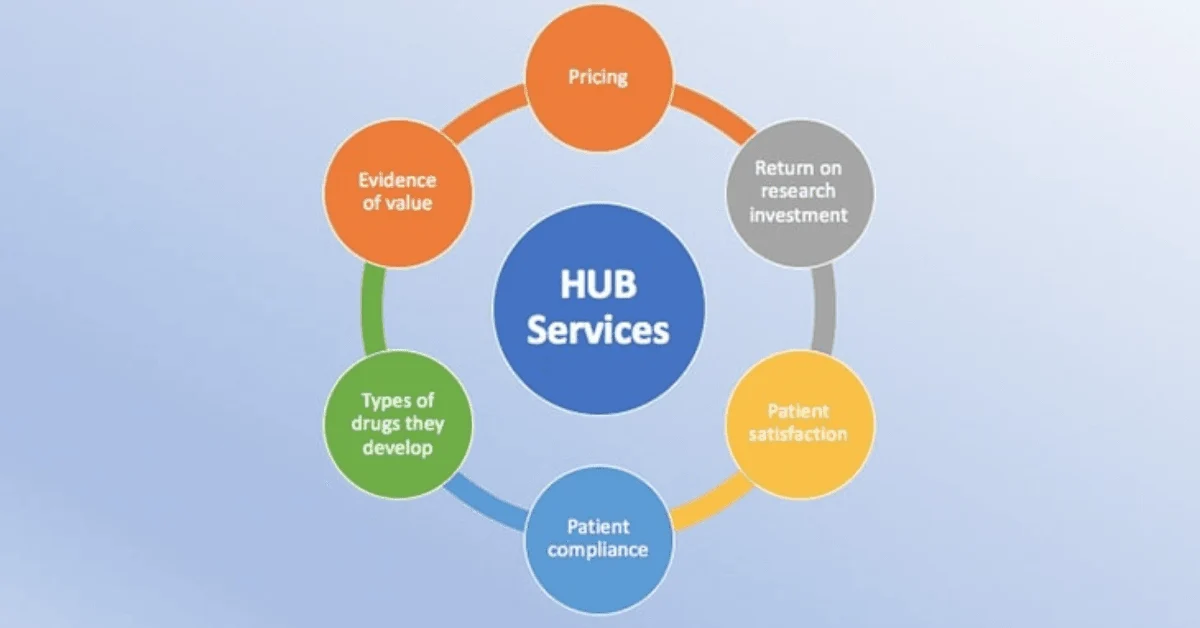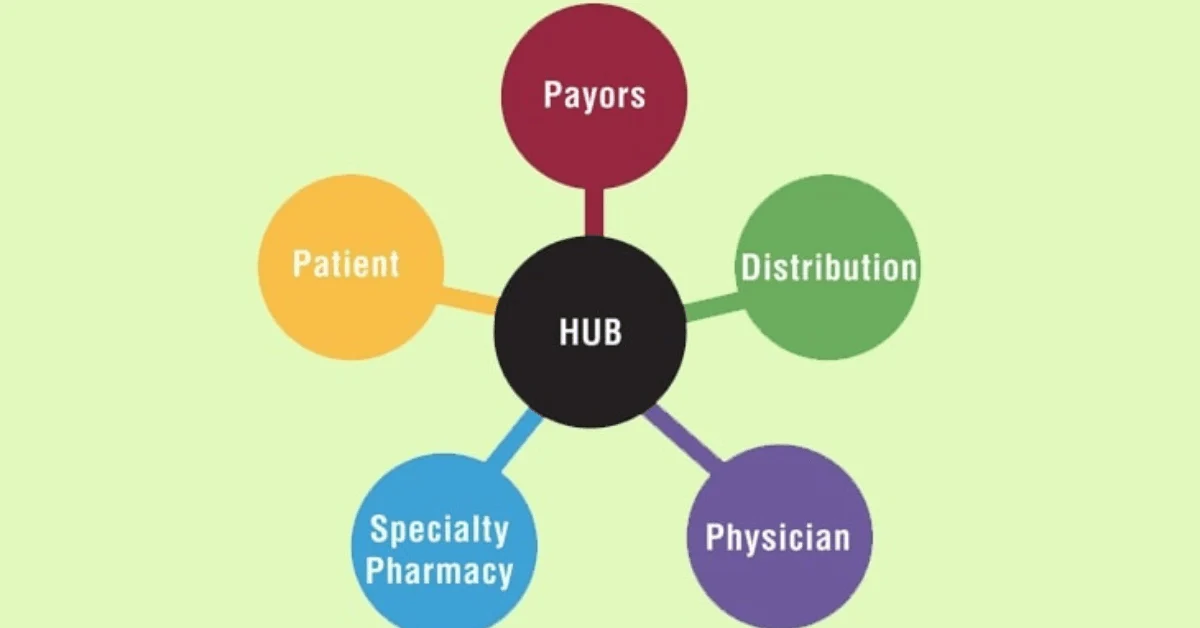Top 5 Pharma CRM Approach-to-HUB Services to Watch Out in 2018

by Edward Vaz | Last Updated: October 2, 2019 | 1 min read
HUB services have been around for about a decade now. In the past, pharma companies were beginning to recognize that there was more involved in bringing new drugs to the market than just getting the dosages into distribution channels.
In addition to more common concerns, pharma was experiencing more and more restrictions from payers. Particularly, from the Prior Authorization (PA) form. This was very time-consuming and had to be filled out ahead of time by the prescriber.
Therefore, the HUBs focused more on reimbursement and prescriber support. Initially run in-house, as the use of HUBs broadened “prescriber support” to “patient support,” third-party HUB service providers began to enter the market.
To date, this vertical industry shows no sign of slowing growth.
The Culture of Pharma
Arranging R&D, commercial development, production, supply chain and even further disconnection from the stakeholder-facing parts that deal with regulators, policymakers, prescribers, and the end-consumer, is the culture in most pharma companies.
This culture is the primary obstacle to providing transparency, building relationships, and facilitating trust. The outsourcing of HUBs to third-party providers fit into this culture nicely.
HUB Services in the Age of Patient Centricity
Healthcare is in the midst of a transformation from a provider-based to a patient-centric system.
Powerful forces from patient advocacy groups to policymakers, and the patient’s themselves, are working to ensure that standards of transparency, cost-reduction, results-based practices are met.
Deloitte identifies1 the following as the driving forces of patient-centricity in healthcare:

The aging population suffers from more chronic illnesses driving up costs.
- Policymakers, pledging to reduce costs by requiring more significant evidence of effectiveness and cost comparisons.
- Big data analytics and innovations like genomics are enabling faster diagnosis and precise treatment plans.
- Boundaries between the patient, provider, and other participants are increasingly blurred as new collaborative relationships are formed.
- Patients are more connected than ever. Their expectations of information and personalized care are growing.
Today’s consumers are more empowered than ever before to take part in their own care. They are demanding more access to information that’s relevant to their conditions and all available information regarding treatments.
Pharmaceutical companies answer to many stakeholders in a broad range of areas such as:
- Pricing
- Evidence of value
- Types of drugs they develop
- Return on research investment
- Patient compliance
- Patient satisfaction

In 2016, Accenture released a report2 suggesting that while companies in both the United States and Europe were investing more into HUB services, there was still a glaring problem.
The majority of patients were unaware the services were available to them. Accenture predicted that digital channels would be useful to make sure that patients are aware of HUB services.
Accenture also pointed out that online platforms linking the patient, HUB provider, and prescribers together would provide a better experience for all concerned. However, that leaves a critical player out of the mix.
With the push towards results-based medicine and patient centricity, the ability to engage with the patient/consumer has never been more important.
Patient’s Mistrust of Pharma
From doctors to pharmacists, patients choose providers they trust and with whom they have built a relationship. When it comes to faceless drug manufacturers, there’s less control, little choice, and far less trust.
Patients generally go along with their doctor’s medication recommendations, but not without question. While this is true for patients of all ages, the mistrust is even more pronounced3 among the millennial generation.
Furthermore, millennials are less likely to trust and abide by their doctor’s orders than older generations.
Could better utilization and application of patient HUBs help pharma build real relationships and establish trust with patients?
In-House HUB Success
For pharma companies to successfully bring management of HUB services in-house, they need to work hard to improve efficiencies throughout.
Currently, the priority is toward the design and management of proprietary application programming interfaces (APIs).
This allows HUBs to work seamlessly, transferring massive amounts of data within a standalone portal. Aside from the technical investment, pharma companies must consider the necessary HUB requirements from at least three different perspectives:

- The Vendor: The most positive feature of providing HUB services internally is that you control all aspects of the client relationship. Of course, you do run the risk of jeopardizing turning out quality products, by trying to be all things to both patient and provider. This is the reason third-party providers were born in the first place.
- The Client/Patient: It’s nice to have options. When vendors partner with service providers to create more streamlined HUBs, usability and experiences are improved.
- The Prescriber: The strategy pharma uses may not matter as long as PAs are handled and patients are provided with financial support services such as copay assistance if indicated.
Rethinking the Approach to HUB Services: A Progressive Strategy
Of the most popular third-party HUB providers many are affiliated with or owned by other stakeholders like insurers, pharmacies, and health systems:
- CareMetx – Walgreens
- CoPilot Provider Support Services – CareMed
- EnvoyHealth – Diplomat
- Lash Group – Drug wholesaler, AmerisourceBergen
- Omnicare Specialty Care Group – CVS
- OptumRx – United Health
- Opus Health – QuintilesIMS
- Sonexus Health – Cardinal
- Triplefin – Wholesaler, H. D. Smith
- UBC – Express Scripts
A progressive strategy which incorporates third-party technology, management, and facilitation to allow better integration with various provider-based systems may have the best chance at success.
While improving patient experience is vital, developing a relationship and building trust can’t be overlooked.

Third-party HUB service providers who happen to be supply chain stakeholders (such as the HUB service providers who are connected to pharmacies) may be more resistant to share valuable patient data and may wish to limit access to the patient.
Explore More Relevant Articles on P360
- Understanding Artificial Intelligence and Its Evolutions
- Diversity Alliance for Science (DA4S) Selects P360 for Eight That Innovate Program
- Adding Data Integrity to the HCP Moral Code, The Key to HCP Communication and Trust
- ZING and Swittons are Now SOC 2 Type II Compliance Certified
- P360’s Data and Analytics Platform BirdzAI Named in Recent Gartner Research Note
No Need to Reinvent the Wheel
It sounds like a lot of work, but think of it like this: Aren’t you already using similar technology to manage customer data and relationships through sales and marketing channels?
What if these same tools could be used to bring HUBs in-house?
By approaching HUB services as another arm of customer relationship management (CRM), pharma can utilize existing SaaS technologies to successfully integrate HUBs in-house.
At p360 we already have a handle on the workflows that exist in healthcare. Our systematic approach to data collection, analytics, and strategy not only supports sales and marketing but is also geared toward patient engagement and health outcome monitoring.
This is an increasingly important part of value-based care.
References
1: https://www2.deloitte.com/uk/en/pages/life-sciences-and-healthcare/articles/pharma-and-the-connected-patient.html#
2: https://www.accenture.com/t20160616t035934\_\_w\_\_/us-en/\_acnmedia/pdf-22/accenture-ebs-2016-summit-report-unlocking-digital-growth.pdf
3: https://www.fiercepharma.com/marketing/trust-issues-millennials-are-more-skeptical-pharma-than-older-generation